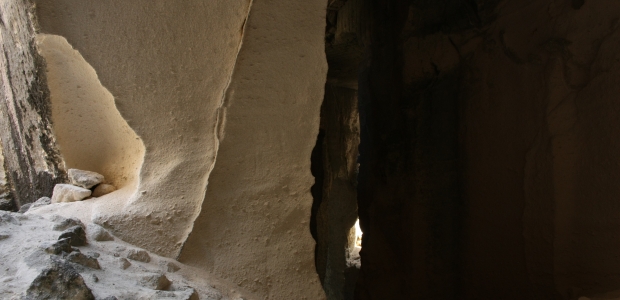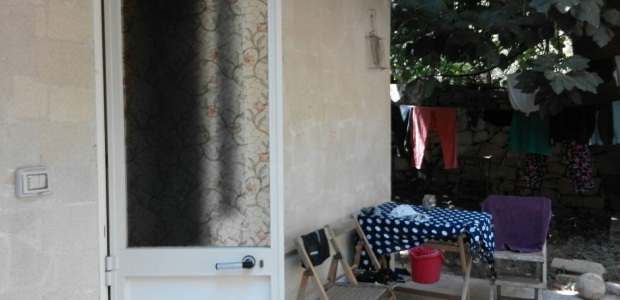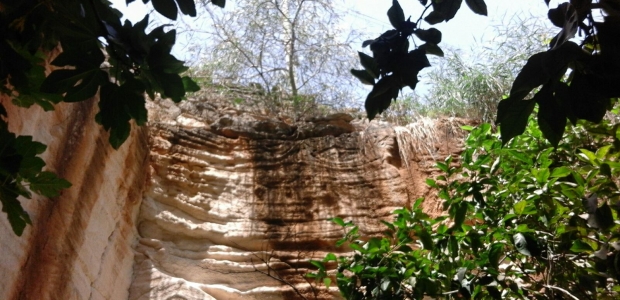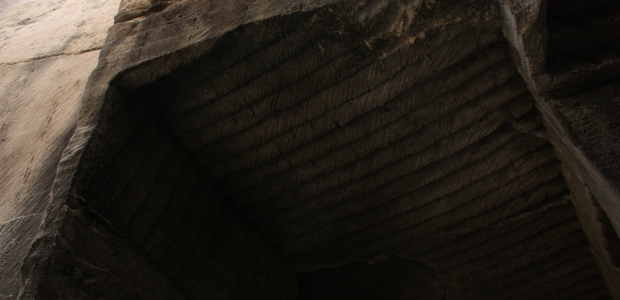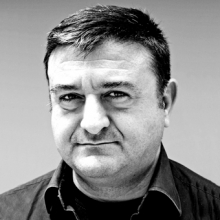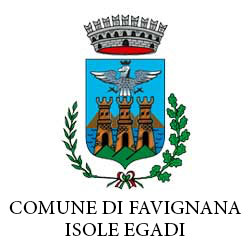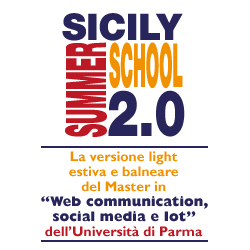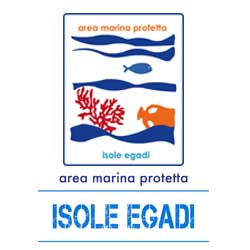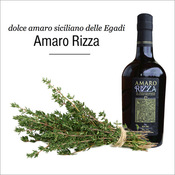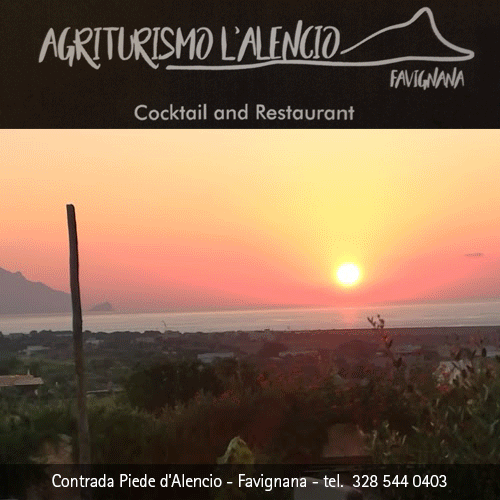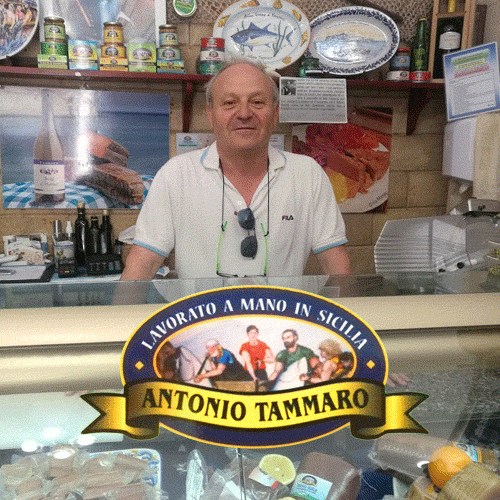Languages
The singing stone
The island is alive and the inhabitants of Favignana know it
There are so many rumors about Favignana quarries: even though everyone had warned me that I would not have found peace in that place, I prepared my luggage and I went there. Sometimes you have to forget what people say and just think for yourself the way Mr. Cristo did, forgetting his good manners soaking between a dropped net and a game of cards. But then Salvatore, nicknamed Cristo, rides the wave ridge with his boat Calliope.
One day in mid-July I decided that the quarry in Marunnuzza, located near the cattro vanadde, could perfectly fit. The reason why is simple, there was a beautiful lemon tree lurking undisturbed in the garden and an almost deafening silence pressing on my ears. No television or cellphone, no telephone or wireless line to connect to, nor to be found, above all. I go to a quarry, in short, to live, you understand.
I didn’t mind to be in a hole in the ground: the island is alive and the inhabitants of Favignana know it. Even the half-breed like me sometimes return because they heard a calling coming from this rock. They have learned over the centuries and millenniums that every secret passing through the stone veins is gathered and guarded inside, as in a monumental chest. It is a suggestion, perhaps, but sometimes the earth vibrates and expands a sigh that comes to the other side of the island, gently, with no noise. What we tread is sedimented coral, as a Stone Master said, Antonino Campo, nicknamed CampoArte.
U Cantuni, the stone blocks (and not the tuff, I recommend!) that pirriaturi pulled out from the mountain, are nothing but shells finely crafted by the bond of water-air-fire-earth and by time. The sand refers the echo of each step.
Pirrera is an Arab name and now indicates the quarries, the heart of Favignana, where the world lullabies are enclosed.
I came in the early afternoon, it was unbearable hot and there was no airstream. The descent ran along the heavy braches of a fig tree, while the ground swarmed of huge ants, and tin slabs and pans protruded over our heads from a storage closet, which was made of coral stone as well. I'm below sea level, I thought. The coral is linked to the bloodstream, it brings energies into the spirit and body.
Down below, in the yard, I waited for the wind and I put the laundry to dry, then I looked up and saw stone everywhere, to the point that it looked like a frame. Clumps of tiger mosquitoes found solace in the puddles of damp and brackish water forming in the shaded areas of the quarry. They had always been there, so the mosquitoes were at home.
In the pirrera the night was a dripping of dreams and curious visions. Slowly, but continuously, I twisted and turned in sleep, with the stone crumbling an inch from my nose and the total darkness resting on my chest. In silence, the presence of the ground on my head was the sound of thunder. I prayed that nothing could make that odd mechanism crumble. Each block had been built in that precise point and it kept everything in balance, each one was different and a bit bashed, then one of them was missing and then there was a hole, but it worked well after all.
The truth is that I had nothing to fear until the pirrera continued singing her song made of screams and whistles coming from who knows what far-away world. To be good u cantuni must sing, a wise man of the island told me. And at the slightest movement the heart whirled, striking at the rhythm of the stone. The old pirriaturi knew it, so they used to hit the stone with another one making the sound of thunder. A beddu cori, a carrittati sani, col cuore felice e i carretti pieni, tells Bice Bannino in her poem dedicated to the cantuni of Favignana.
It is said that the coral stone has been known since the ancient times due to its pharmaceutical and protective properties and that its powder, if inhaled, has a haemostatic effect. It was carried by the mules to the dunni varcuna port and then it was shipped to the mainland. The intact stone was sold to build homes, schools and monuments, and slides to the sea. The other one, the one flawed and split inside, was used for the walls delimiting the farmland or pulverized for building purposes as well.
I also see them now, the pirriaturi and that infamous fatigue. Now that I have left the quarry and I’m back to the village. I stopped in Marunnuzza right in time to hear the song of coral stone.

